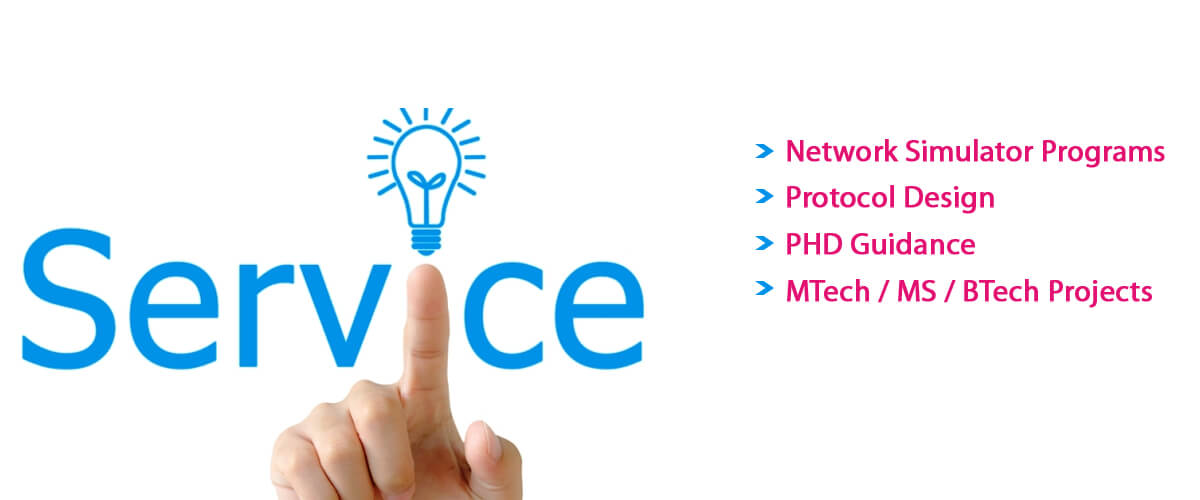ns2 project in Indiana
ns2 project in Indiana they are described below
in decreasing level of user involvement and system efficiency. 1. Message Passing: In this category, the system
provides some form of information exchange mechanism among ns2 project in Indiana distributed processes. It provides,
for example, functions to exchange messages among processes with point-to-point and group communication primitives, synchronization, and other operations. This programming model handles the
remote process deployment and message exchange among the ns2 project in Indiana participating machines. The runtime
support can be implemented as an independent middleware layer, thus providing a flexible and expandable solution. On the other hand, it can be implemented as an integral component of the model, ns2 project in Indiana thus making it more tightly coupled with the required functionality. However, the first approach is more flexible, expandable, and can be easily enhanced to support other models. The messagepassing library and runtime support can be ns2 project in Indiana implemented
in different ways such as pure Java implementations based on socket programming, native ns2 project in Indiana marshaling, and RMI [27], or by utilizing Java native interface (JNI), Java-to-C interface (JCI),
parallel virtual machine (PVM), and other parallel infrastructures. A number of projects tried to comply with MPI [29] and MPJ [13], while others were based on a new set of APIs. Models in this category
provide an efficient parallel programming ns2 project in Indiana environment
because they directly utilize the basic communication
mechanisms ns2 project in Indiana available; however, they are
the least user friendly and require full user awareness
of the parallelization process.
In the distributed shared ns2 project in Indiana address space or distributed shared object
(DSO) model, the model presents an illusion to the
user of a single address space where all or some
data/objects are available to all ns2 project in Indiana participating processes.
To provide this illusion, the programming
model should be able to transparently handle all
data/object communication, sharing, and synchronization
issues, thus freeing the user from the
concerns of operational details. One method of
implementation is to utilize an available messagepassing
infrastructure. However, the programming
model should handle the different issues of shared
space such as information (data or objects) integrity
and coherence, synchronization, and consistency.
This category provides a more ns2 project in Indiana friendly development
environment of parallel applications; however, the
performance is penalized due to the overhead
imposed by the sharing (coherence and consistency)
and synchronization requirements. 3. Automatic Parallelization of Multithreaded Applications:
This category aims to provide seamless
utilization of a distributed environment to execute
multithreaded applications on multiple machines The main ns2 project in Indiana goal is to execute concurrent multithreaded
applications in parallel without modifications. In this case, the implementation issues are
similar to those in the distributed shared address space model ns2 project in Indiana in the sense that all data and objects
used by more than one thread need to be sharable. As a result, the programming model requires data
sharing or data exchange mechanisms to provide thread distribution and information sharing. To
implement this model, a message-passing system or a DSM/DSO system can be used as the underlying
support mechanisms. Such system is less efficient than a ns2 project in Indiana message passing due to the additional
overhead of handling remote thread deployment, sharing, and synchronization. 4. Transparent (Automatic) Parallelization: Here, the goal is to execute sequential applications in parallel on multiple machines. Some systems provide transparent
parallelization of Java programs ns2 project in Indiana written in standard Java by modifying the JVM, while others
utilize preprocessors.







